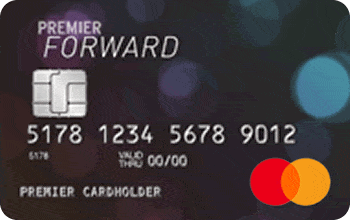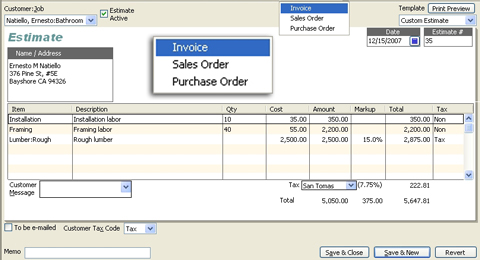
The average credit score for Millennials is 680. The Midwest has the lowest credit score while the Northeast has it the highest. In this article we will discuss the differences in average credit scores across different regions. This will allow you to decide if you want to relocate to one these areas.
Average credit score for Millennials is 680
Millennials have a lower overall credit score than other generations. However, they have made some strides in the past five years. Their scores rose by 3 percentage points from 651 in Q2 2013 to 680 in Q2 2019. Their credit scores are still much lower than that of previous generations. For instance, 625 was the average score for people born during the Great Depression, while 709 was the average score for people born in 1970s.
Like many other things in life your credit score is affected based on your debt levels. Student loans, credit card debt, mortgages and credit cards are the main sources of student debt for millennials. Your credit score can be improved by paying down debt. But keep in mind that recent missed payments will affect your score more than delinquencies that occurred a decade ago.

Midwest has the lowest credit score
The Midwest has an average credit score of 98.7, while the South is at 89.6. Equifax, the credit-reporting organization, has done a study on this. The median credit score in the Midwest is 789 and the average credit score in the South is 74 points lower. The credit-score average is influenced by local factors. Blue states have higher average credit scores than the red. For instance, the lowest credit score is in North Dakota, while the highest is in Nevada. Even with this disparity in credit score, however, the Midwest still remains the gold standard in terms of credit-worthiness.
Credit scores are determined by a variety factors such as the number of credit accounts you have, your credit history and whether you've ever experienced financial problems. The average credit score for the United States is 698. However, it varies greatly from one state or another. The VantageScore 3.0 credit scoring model is used to calculate credit scores. These averages can be found for all 50 states and U.S. territories, including Guam and Virgin Islands.
Northeast has the highest credit score
The Northeast has an average credit score of 63. The average score is calculated by a combination of credit mix, credit utilization, history and credit. States in the Northeast have higher median household incomes, which may explain their higher credit scores. The South has the lowest credit scores.
Two well-known neighborhoods can be found in Northeast, right next to Central Park. These neighborhoods' average score is 746. This is 33 percentage points higher than New York's 712. Six out of the top 10 New York City neighborhoods have the highest average credit scores. Queens and Brooklyn are also among the top ten. Staten Island is the smallest. The east side, south of 34th Street, is where the majority of high-credit neighborhoods are found.

Southwest has one of the lowest credit scores
To get the best credit cards, make sure your credit score meets minimum requirements. Chase considers many factors in determining approval. Although most credit card companies require you to have a minimum credit rating in order for them to approve your application, Chase doesn't. A high income will increase your chances of approval and allow you to borrow more. But, it is important to remember that the median household income for the United States of $61,937. If your income is higher than that, you will be considered to be more average for most states.
The minimum credit score to be approved for a Southwest creditcard is 670. It may seem difficult for some applicants to get approved, but it's possible. As long as you don't have too many new credit cards, you should be able to get approved. Otherwise, your application may be rejected and you'll need to wait until your score increases.